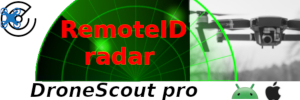CelticShadows
Active Member
- Joined
- Aug 8, 2019
- Messages
- 26
- Reactions
- 9
Computational Photography is definitely where the next leap in quality is going to come from.
In that respect smart phone makers are cutting edge and conventional DSLR/Mirrorless makers are literally years behind and the gap is growing. Theres a huge resistance to change.
It depends on what aspect you're referring to, computational photography will have little to no bearing on say journalistic photography, sports or, maybe, wildlife but massive implications for fashion, landscapes and product photography to name a few industries. Remember just because you *can* do something doesn't mean you should. That's why the likes of professional cameras have not changed much because they just work as needed and often under demanding conditions that most people can't conceive or understand (try using a phone at -20 with gloves on and be able to work for hours). Phones are limited by the size of the lens and also their sensor size and *have* to apply AI/computational photography to compete it's simple physics, but they're nowhere near the quality of say a 14 or 16bit sensor. I've worked with a lot of RAW images, and phones have come a long way but still are lacking when comes to resolving detail and dynamic range without resorting to tricks. If you're resorting to tricks you're potentially handing your creative vision over to a computer.
The other issue, is that the CPU of a camera just doesn't have the power yet and retain battery life to produce the work, and if you want to offload it to a remote server then you're opening the camera to security risks and a high power draw of WiFi (which to be frank is pretty much awful on all cameras that have it for throughput). This is why a lot of pro cameras have 1Gb ports to mitigate security/power draw.










